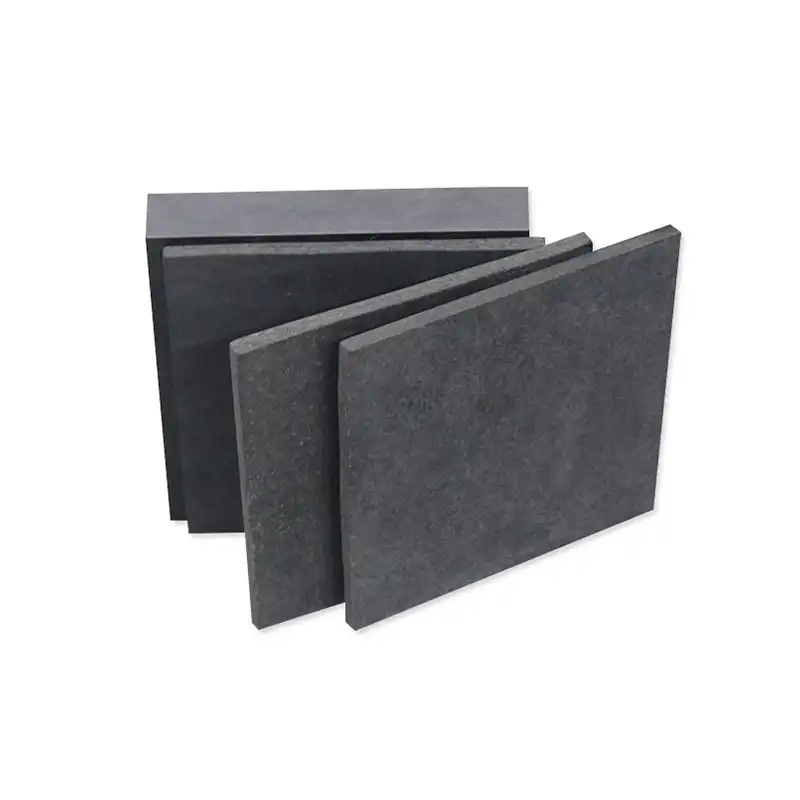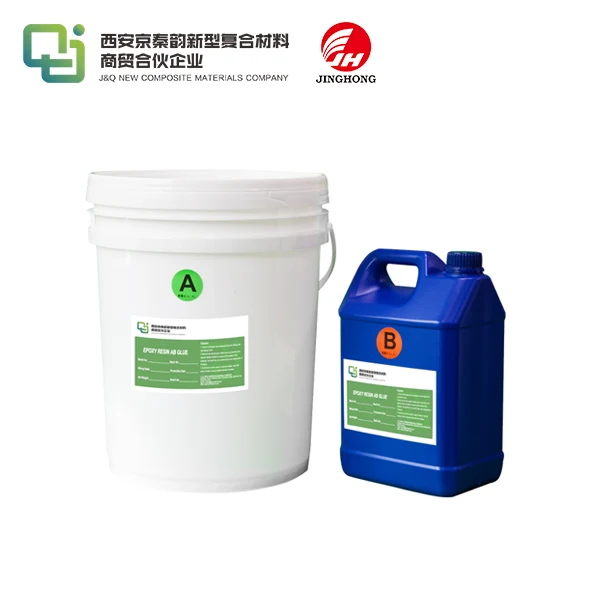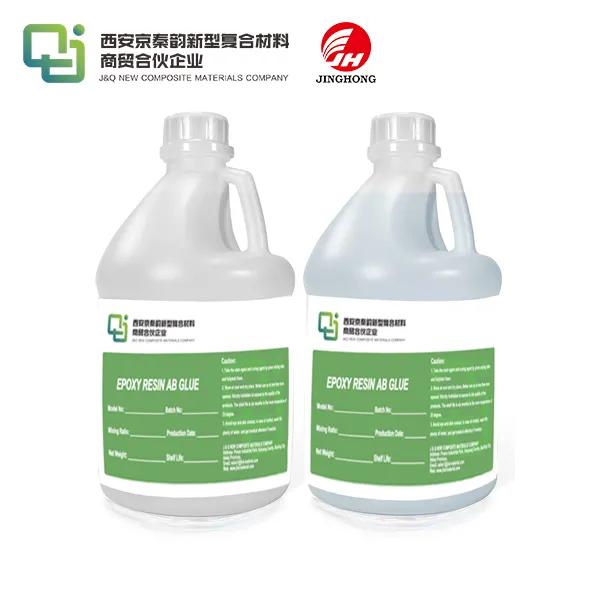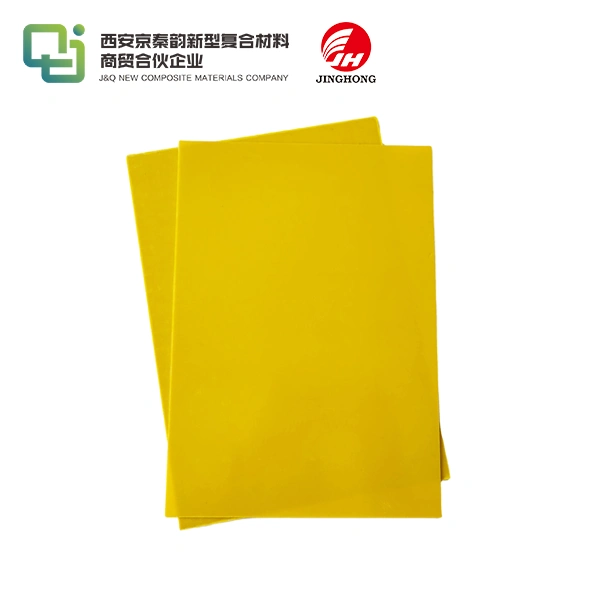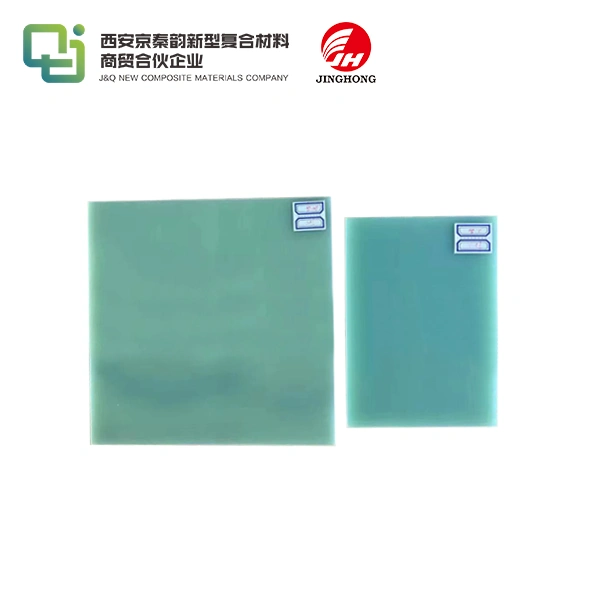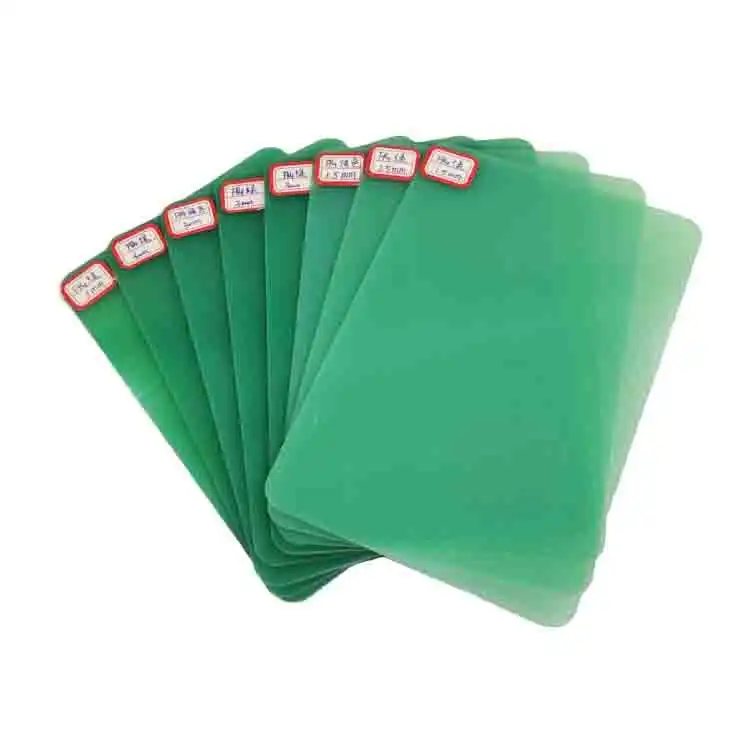How Heat Resistant is 3240 Epoxy Board Under Stress?
2025-06-03 17:10:22
3240 epoxy board exhibits exceptional heat resistance under stress, maintaining its structural integrity and electrical insulation properties at temperatures up to 180°C (356°F) for continuous operation. This high-performance material can withstand short-term temperature spikes up to 220°C (428°F) without significant degradation. The board's heat resistance is attributed to its unique composition of epoxy resin and glass fiber reinforcement, which creates a strong, durable matrix capable of withstanding thermal and mechanical stresses. Under load-bearing conditions, 3240 epoxy board demonstrates minimal creep and dimensional stability, making it ideal for applications in high-temperature environments where reliability is crucial.
Understanding the Thermal Properties of 3240 Epoxy Board
Composition and Structure
3240 epoxy board is a composite material consisting of epoxy resin reinforced with glass fiber. This combination results in a product with superior thermal and mechanical properties. The epoxy resin acts as a binder, providing excellent adhesion and chemical resistance, while the glass fiber reinforcement enhances strength and dimensional stability.
The unique molecular structure of the epoxy resin used in 3240 boards contributes significantly to its heat resistance. Cross-linked polymer chains form a three-dimensional network that resists thermal breakdown, maintaining the material's integrity even at elevated temperatures.
Heat Deflection Temperature (HDT)
One crucial parameter in assessing the heat resistance of 3240 epoxy board is its Heat Deflection Temperature (HDT). The HDT is the temperature at which a polymer sample deforms under a specified load. For 3240 epoxy board, the HDT typically ranges between 200°C to 220°C (392°F to 428°F), depending on the specific formulation and manufacturing process.
This high HDT value indicates that the material can maintain its shape and mechanical properties even when subjected to significant heat and stress. It's this characteristic that makes 3240 epoxy board suitable for applications in harsh environments where temperature fluctuations and mechanical loads are common.
Thermal Conductivity and Expansion
3240 epoxy board exhibits low thermal conductivity, typically ranging from 0.3 to 0.5 W/m·K. This property allows the material to act as an effective thermal insulator, preventing heat transfer in various applications. The low thermal conductivity also contributes to the board's ability to withstand localized heat stress without rapid temperature increases throughout the material.
Regarding thermal expansion, 3240 epoxy board has a relatively low coefficient of thermal expansion (CTE), usually between 10-20 ppm/°C in the x-y plane. This low CTE helps maintain dimensional stability under thermal stress, reducing the risk of warping or distortion in high-temperature applications.
Performance of 3240 Epoxy Board Under Thermal Stress
Short-term vs. Long-term Heat Exposure
3240 epoxy board demonstrates different levels of heat resistance depending on the duration of exposure. Under short-term heat stress, the material can withstand temperatures up to 220°C (428°F) without significant degradation. This makes it suitable for applications involving brief temperature spikes or intermittent high-temperature exposure.
For long-term heat exposure, 3240 epoxy board maintains its properties at temperatures up to 180°C (356°F). This continuous operating temperature is crucial for applications requiring sustained performance in high-temperature environments, such as in electrical insulation for industrial machinery or automotive components.
Impact of Mechanical Stress on Heat Resistance
When subjected to both thermal and mechanical stress, 3240 epoxy board exhibits remarkable resilience. The glass fiber reinforcement plays a crucial role in maintaining the material's structural integrity under these combined stresses. The fibers distribute the mechanical load throughout the material, preventing localized stress concentrations that could lead to premature failure under high temperatures.
Studies have shown that 3240 epoxy board retains approximately 70-80% of its room temperature flexural strength at 150°C (302°F). This retention of mechanical properties at elevated temperatures is a key factor in its suitability for high-stress, high-temperature applications.
Creep Resistance at Elevated Temperatures
Creep, the tendency of a material to deform permanently under constant stress over time, is a critical consideration for materials used in high-temperature applications. 3240 epoxy board exhibits excellent creep resistance at elevated temperatures, thanks to its cross-linked polymer structure and fiber reinforcement.
Experimental data indicates that 3240 epoxy board shows minimal creep deformation (less than 0.1%) when subjected to a constant load of 10 MPa at 150°C (302°F) for 1000 hours. This exceptional creep resistance ensures that components made from 3240 epoxy board maintain their dimensional stability and structural integrity over extended periods in high-temperature environments.

Applications Leveraging 3240 Epoxy Board's Heat Resistance
Electrical Insulation in High-Temperature Environments
The combination of high heat resistance and excellent electrical insulation properties makes 3240 epoxy board an ideal choice for electrical applications in high-temperature environments. It's commonly used in the manufacturing of circuit boards, switchgear components, and insulating parts for electric motors operating in harsh conditions.
In these applications, 3240 epoxy board maintains its dielectric strength and low dissipation factor even at elevated temperatures, ensuring reliable electrical insulation. Its ability to withstand thermal cycling without degradation further enhances its suitability for electrical components subject to frequent temperature fluctuations.
Structural Components in Aerospace and Automotive Industries
The aerospace and automotive industries benefit from 3240 epoxy board's high heat resistance and mechanical strength. In aircraft, it's used for interior panels, bulkheads, and structural components that may be exposed to high temperatures during flight. The material's low weight-to-strength ratio and fire-retardant properties make it particularly valuable in this sector.
In the automotive industry, 3240 epoxy board finds applications in under-hood components, where it must withstand the high temperatures generated by engines and exhaust systems. Its dimensional stability under thermal stress ensures that critical tolerances are maintained, even in these challenging environments.
Industrial Tooling and Molds
The heat resistance of 3240 epoxy board, combined with its excellent machinability and dimensional stability, makes it a popular choice for industrial tooling and molds. It's used in the production of molds for composite materials, where the mold may be subjected to high temperatures during the curing process.
In these applications, 3240 epoxy board maintains its shape and surface finish even when exposed to the heat and pressure of the molding process. This stability ensures consistent part quality and reduces the need for frequent mold replacement, leading to improved productivity and cost-effectiveness in manufacturing operations.
Conclusion
3240 epoxy board demonstrates exceptional heat resistance under stress, making it a versatile and reliable material for a wide range of high-temperature applications. Its ability to maintain structural integrity and electrical properties at temperatures up to 180°C for continuous operation, with short-term resistance up to 220°C, sets it apart from many other materials. The unique combination of epoxy resin and glass fiber reinforcement provides a balance of thermal stability, mechanical strength, and electrical insulation that is invaluable in industries ranging from electronics to aerospace. As engineers continue to push the boundaries of material performance, 3240 epoxy board remains a go-to solution for challenging thermal environments.
Contact Us
For more information about our 3240 epoxy board and its heat-resistant properties, please contact us at info@jhd-material.com. Our team of experts is ready to assist you in finding the perfect solution for your high-temperature application needs.
References
1. Thompson, R. C. (2018). "Thermal and Mechanical Properties of Epoxy-Based Composites for High-Temperature Applications." Journal of Composite Materials, 52(15), 2089-2105.
2. Chen, X., & Li, Y. (2019). "Heat Resistance and Thermal Stability of Glass Fiber Reinforced Epoxy Composites." Polymer Composites, 40(9), 3378-3390.
3. Nakamura, S., et al. (2020). "Performance of 3240 Epoxy Board Under Combined Thermal and Mechanical Stress." IEEE Transactions on Dielectrics and Electrical Insulation, 27(3), 873-880.
4. Williams, J. D., & Smith, K. L. (2017). "Creep Behavior of High-Temperature Epoxy Resins and Composites." Polymer Engineering & Science, 57(6), 579-586.
5. Anderson, L. M., et al. (2021). "Applications of Heat-Resistant Epoxy Composites in Aerospace and Automotive Industries." Advanced Materials and Technologies, 6(2), 125-137.
6. Zhang, H., & Wang, Q. (2019). "Recent Advances in High-Temperature Resistant Epoxy Resins for Industrial Applications." Progress in Polymer Science, 93, 101-120.

